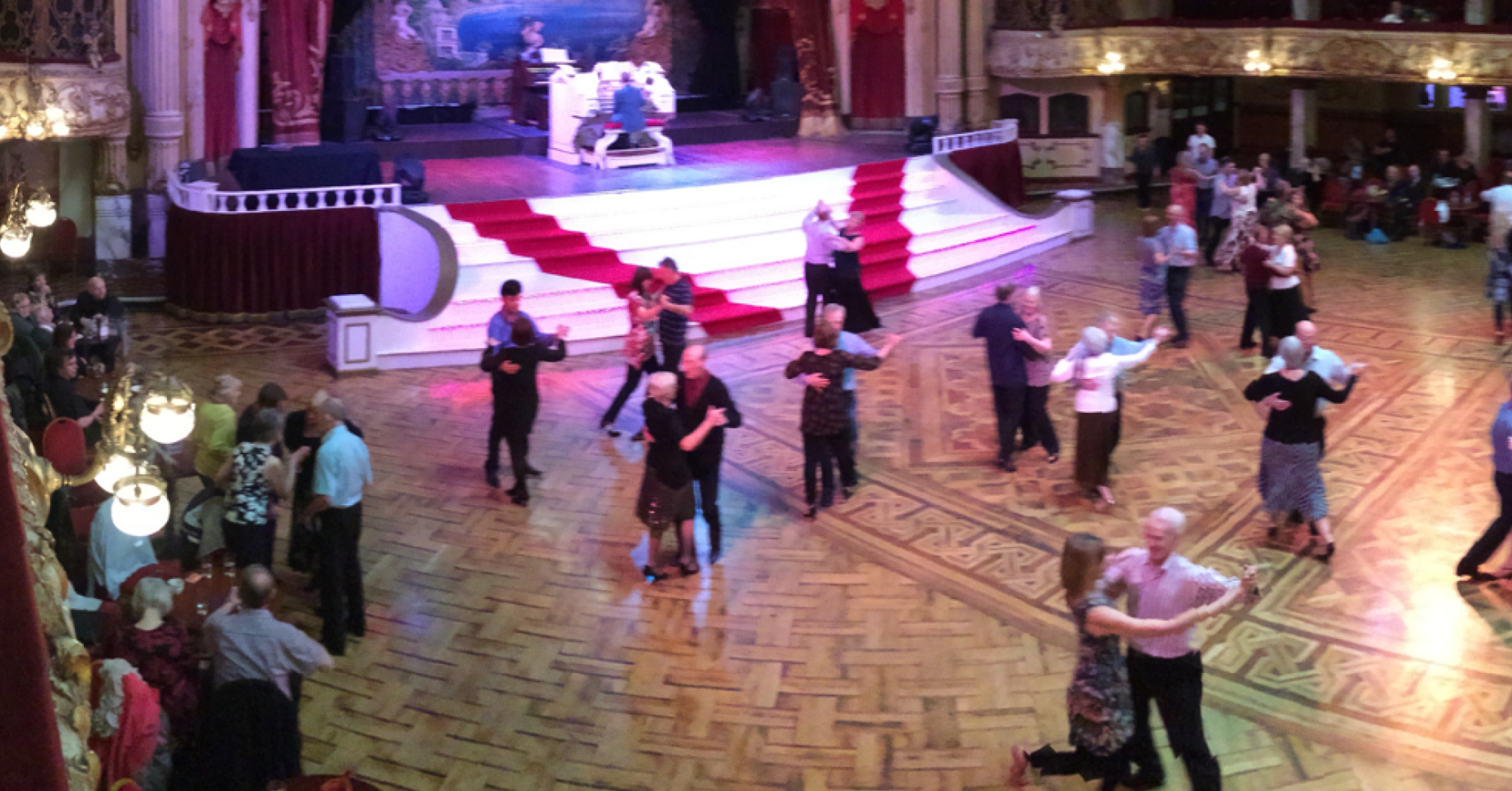So, when was the last time you hit the dance floor and danced flawlessly, with no confusion from either side on what was going to happen next. Been awhile, hasn’t it? For most of us, whether we are guiding the action, or responding to it, odds are our dance connection could use a little tweaking.
And if you feel like your partner ‘just doesn’t get you’ no matter what you do, it helps to remember that dance connection is a two-way street. You may be the best in the world at connecting with your partner, and it won’t be enough – he or she needs to connect back. But the least we can do is make sure we can hold up our end of the deal.
What am I talking about when it comes to dance connection anyway? It’s not just staying in contact with your partner – if I ask you to just rest your palms against mine, and I suddenly pull them back, will you be able to stay in contact? I doubt it.
And it’s definitely not grabbing and ‘hanging on for the ride’. Not only does that tend to be uncomfortable for your partner, it’s not true connection: you’re still being jerked around unexpectedly, not anticipating the action so you can respond to it.
Come back to the palm experiment: Find someone who won’t think you’re crazy, have them hold up their palms and rest yours against them. Now give five pounds of pressure into their hands and ask that they return it. Every time they move your hands, focus on maintaining the same level of pressure.
If they move their hands more quickly, INCREASE the pressure slightly – the more pressure you give, the more responsive you become. The key is to give just enough to react in time, but not so much it becomes an arm wrestle.
Pressure then, conscious pressure, is the key to maintaining solid dance connection. It is the phone line by which you communicate with your partner and can move together ‘as one’. Without it, you might as well be dancing shines with no body contact – believe me, it will be more comfortable.
Of course, pressure by itself will only take you so far without frame – that is, the positioning of your arms in front of your body and the tension required in the arms and chest to allow that pressure to transfer to your body. We’ll talk about that more later.
But for now, just bear in mind: don’t forget to connect. It’s where the love of partner dancing begins.
